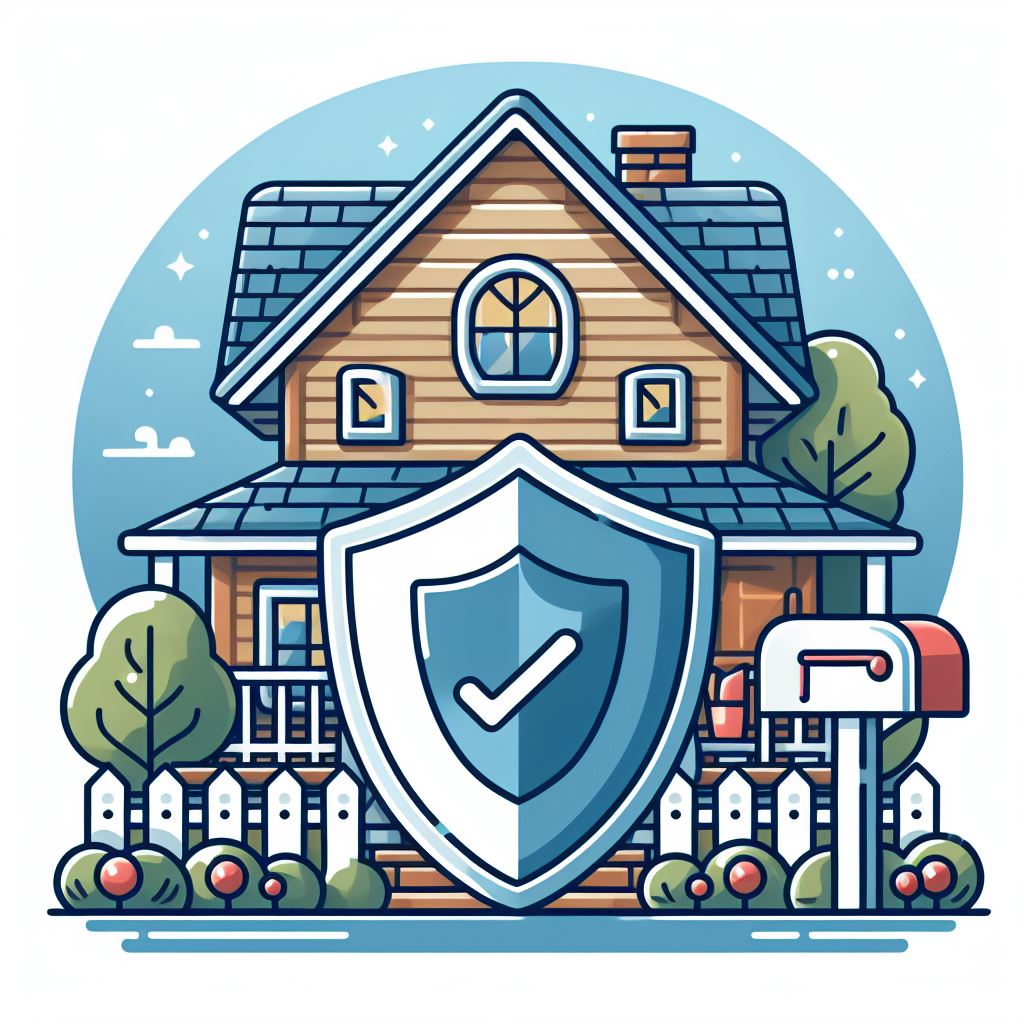
Can I Opt for Actual Cash Value or Replacement Cost Coverage to Impact minnesota home insurance rates for Protection?
When considering Minnesota home insurance rates for protection, one crucial decision homeowners face is choosing between actual cash value (ACV) and replacement cost coverage. Both options impact insurance rates and the level of protection provided in the event of a covered loss.
Actual cash value coverage takes depreciation into account when reimbursing for property damage or loss. This means that the insurance payout considers the item's current market value, taking into consideration its age, wear and tear, and depreciation. While ACV coverage typically results in lower insurance premiums, it may not provide sufficient funds to replace damaged or lost items with new equivalents.
On the other hand, replacement cost coverage offers more comprehensive protection by reimbursing homeowners for the full cost of replacing damaged or lost items without factoring in depreciation. This coverage ensures that homeowners can replace their belongings with new ones of similar kind and quality, providing greater peace of mind in the event of a covered loss. However, replacement cost coverage typically comes with higher insurance premiums due to the increased level of protection it offers.